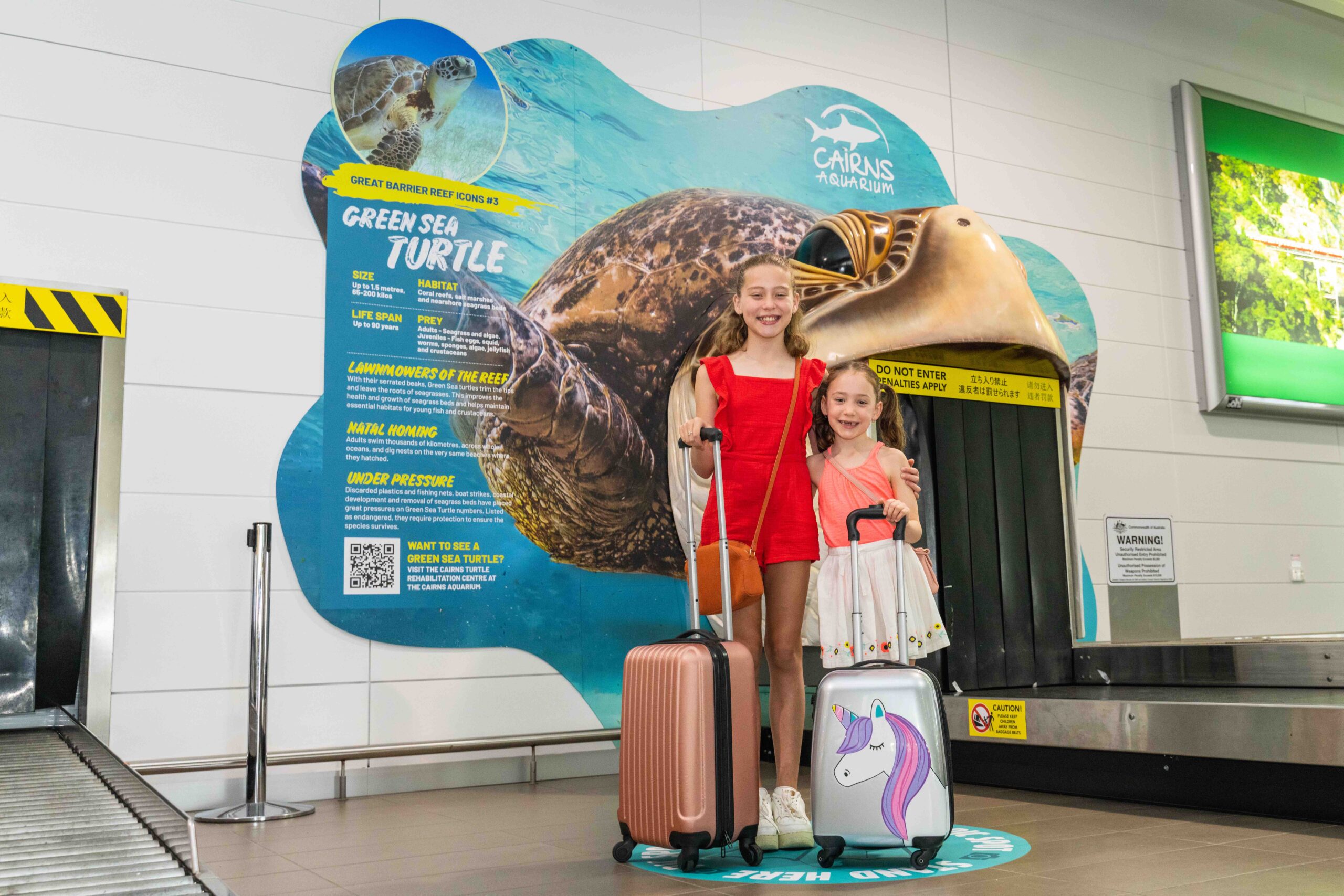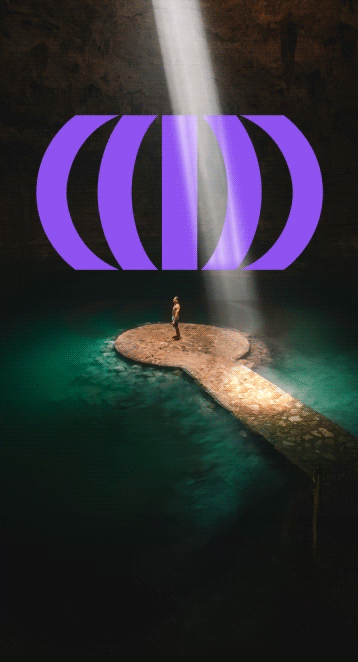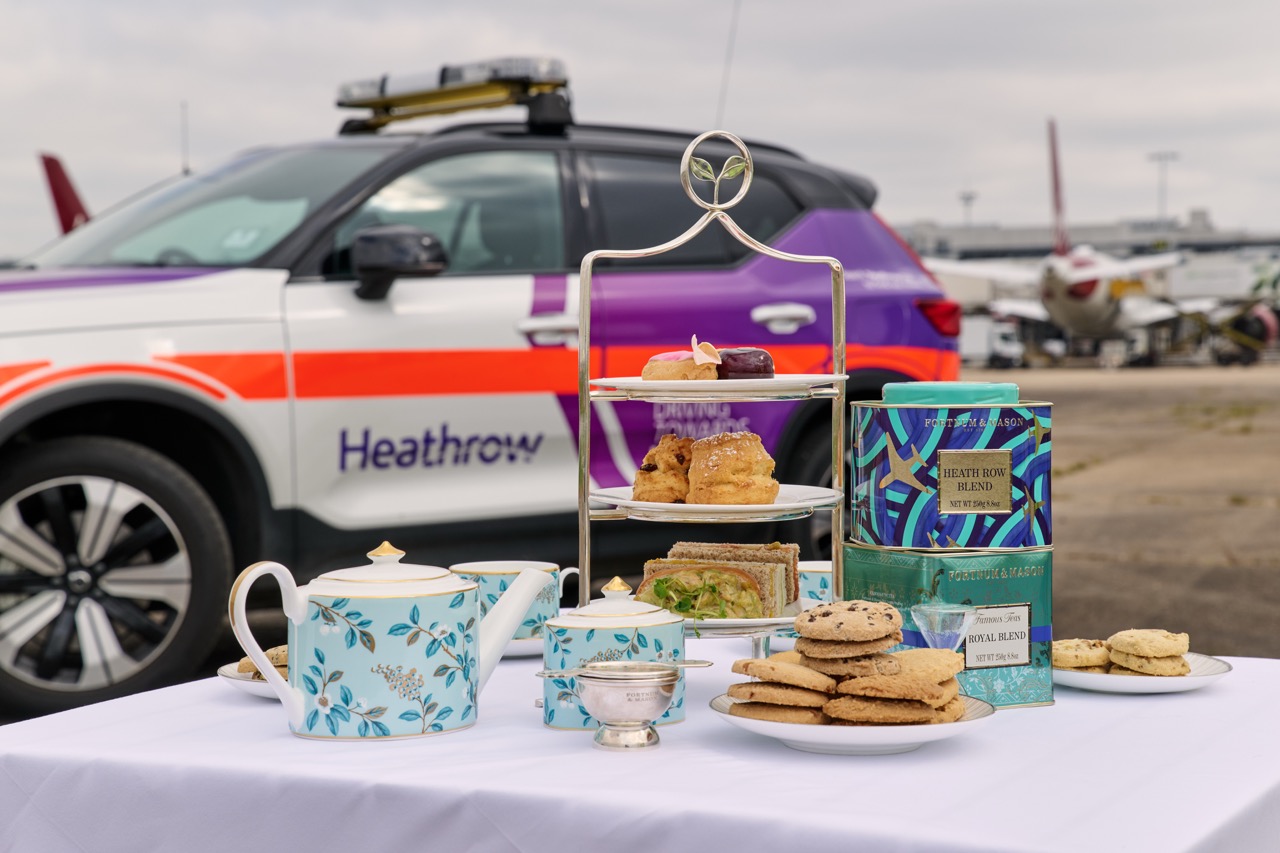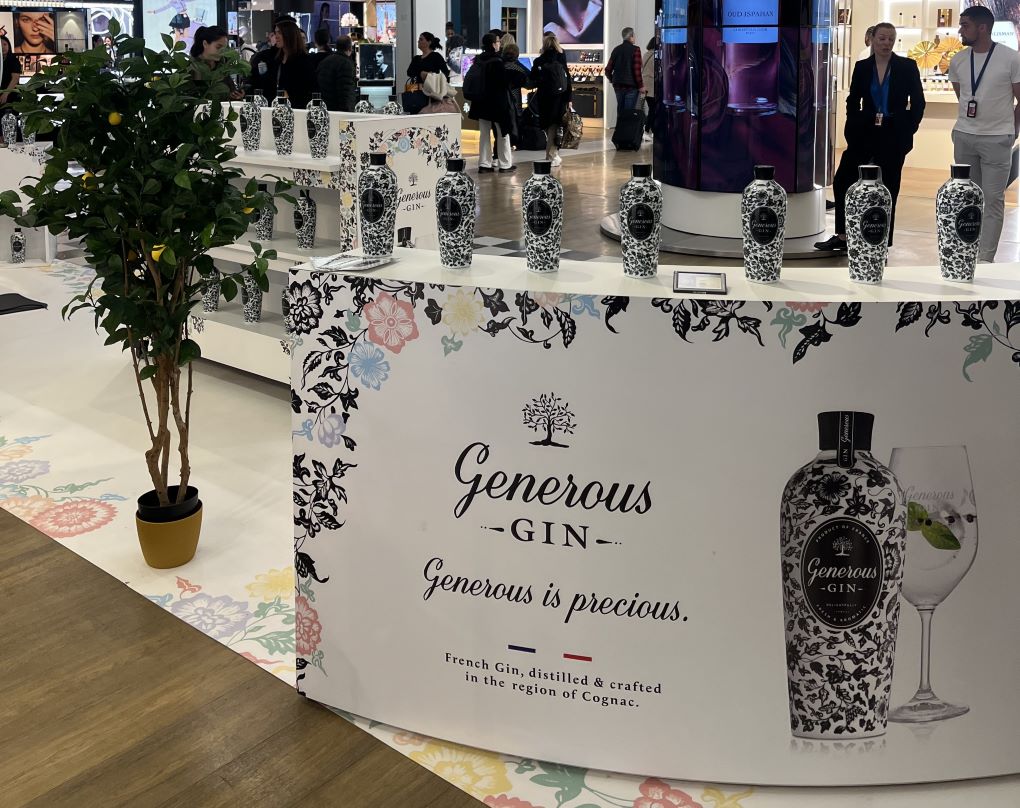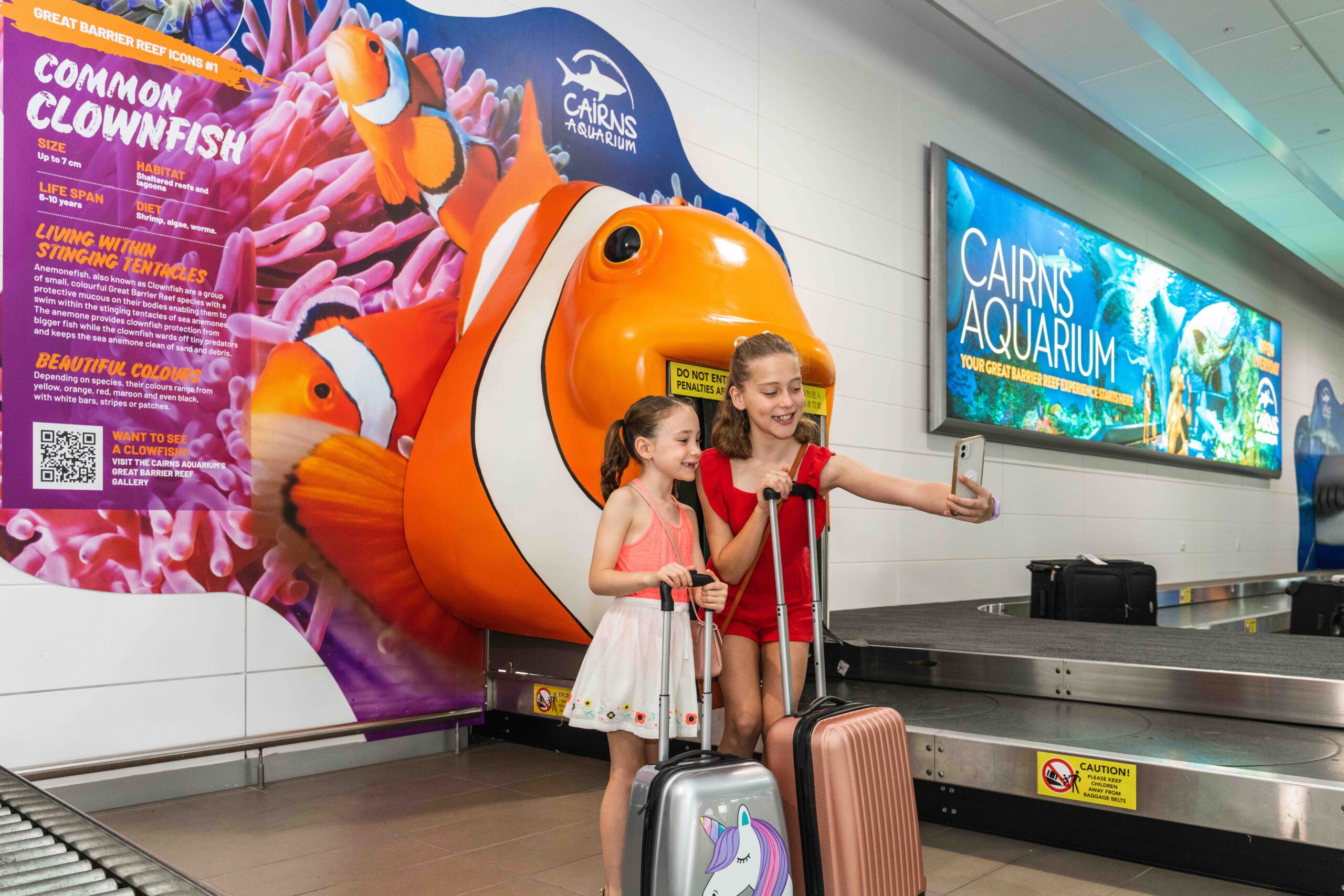
AUSTRALIA. Cairns Airport has launched the ‘Icons of the Great Barrier Reef’ project in partnership with Cairns Aquarium and Tourism Tropical North Queensland. It features larger-than-life sculptures of popular aquatic species from the Great Barrier Reef to welcome tourists as Australia’s domestic and international borders reopen.
As the travel industry recovers, Cairns Airport is expecting to welcome two million tourists per year. The handmade sculptures include a clown anemonefish, grey reef shark, green sea turtle and humphead wrasse (Māori wrasse). They are located on the entrances and exits of the luggage carousels in domestic arrivals.
The sculptures were designed to delight visitors and educate them about the diversity of Australia’s marine life, which they can learn more about when visiting the Cairns Aquarium.
“Cairns Airport has been working hard to set itself apart from other airports by making sure visitors feel welcomed, relaxed and excited as soon as they arrive,” commented Cairns Airport CEO Richard Barker. “Two metre-high fish replicas on our luggage belts, now that’s unique for any airport.
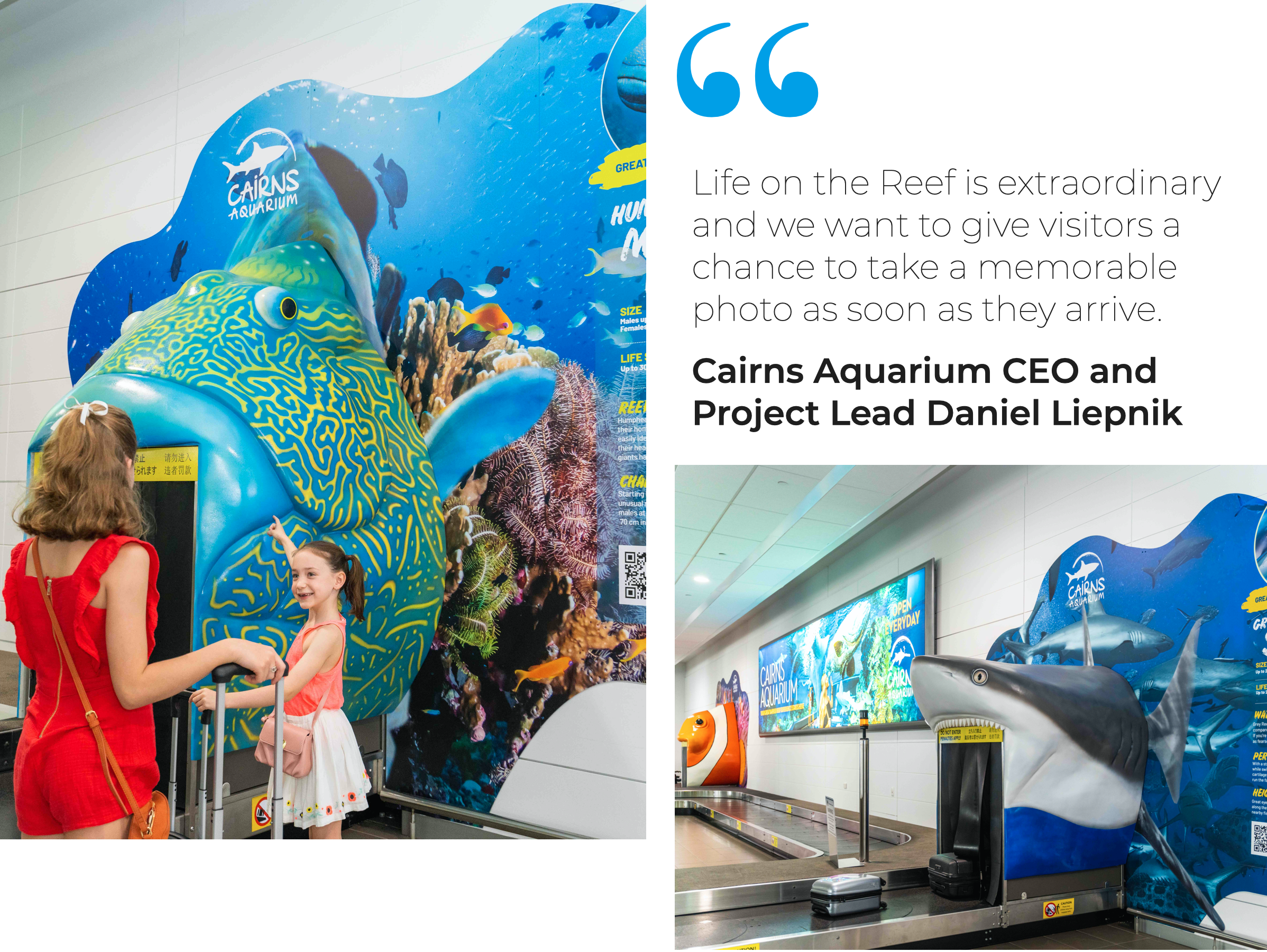

“We call this form of nature-based enhancement ‘Sense of Place’ and it’s all about connecting our visitors to the magic of the World Heritage Great Barrier Reef and Rainforests of Tropical North Queensland upon arrival.”
Cairns Aquarium CEO and Project Lead Daniel Liepnik added, “Life on the Reef is extraordinary and we want to give visitors a chance to take a memorable photo as soon as they arrive.
“As Cairns leading educational facility for Great Barrier Reef and Wet Tropics habitats and species, the new airport display lets us present four species unique to the Great Barrier Reef which are also among the favourite animals that people come to see and learn about at the Cairns Aquarium. We’ve just made them larger than life. Ten times the actual size.”
Liepnik underscores the entertainment and educational element of the installations as each sculpture includes a full wall of educational material about each species. “Cairns is one of the most incredible holiday spots for ecotourism adventures and experience,” he said.
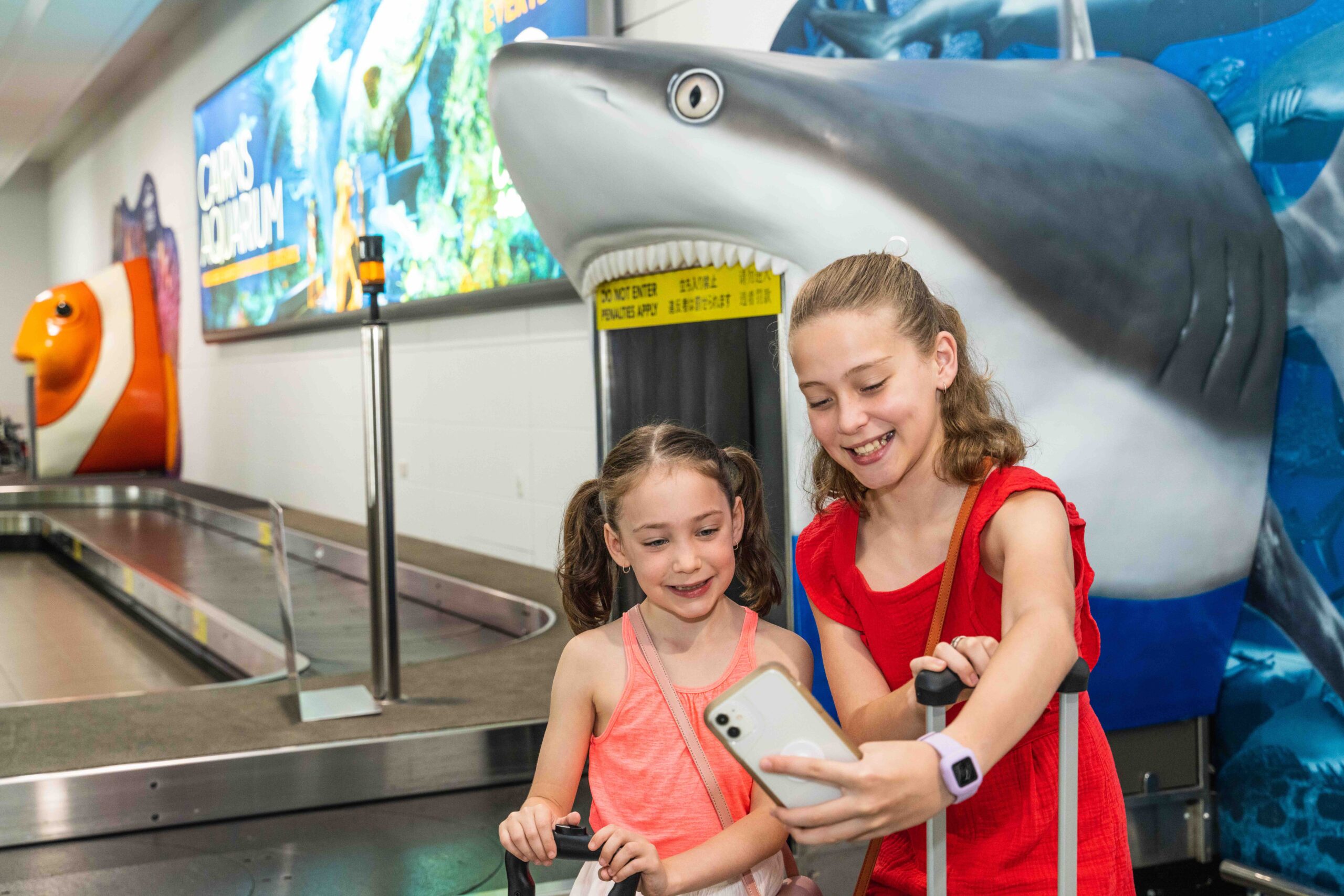

“The project is all about having fun while learning about reef life. Getting kids and families excited about their holiday to Cairns as soon as they hop off the plane and letting them take quite a remarkable photo is a great holiday starter.
“What better way to start a holiday than having your photo taken with a giant sea turtle or colourful nemo behind you for that perfect Instagram post?”
According to Tourism Tropical North Queensland Chief Executive Officer Mark Olsen, the project helps tourists kickstart the holiday experience as soon as they touch down at Cairns Airport. “Visitors can now learn about iconic Great Barrier Reef species while waiting for their bags and start thinking about how they might see these species in real life during their Tropical North Queensland holiday,” he said.
“Whether it’s introducing the kids to Nemo at the Cairns Aquarium, snorkelling with turtles at an island or diving alongside a humphead Maori wrasse at an outer reef pontoon, there is a Great Barrier Reef experience to suit everyone.”


The sculptures were hand-crafted in Australia and took three months to complete. “This was a really specialised job,” Liepnik explained. “All aspects had to be created from photos of actual fish and animals at the Cairns Aquarium and then scaled up. We had to think about designing the finished sculptures to look authentic but fit around specific shape and functionality requirements where the luggage enters and exits on the carousels.
“The process involved multiple stages including concept design, maquettes (miniature versions of the final works), full scale sculpture, mould making in clay and then fibreglass, reproducing casts in fibreglass and then air brush spraying the completed works.”
Baker concluded, “Showcasing icons of the Great Barrier Reef is a world-first project and we’re so excited for arriving visitors to see these.”
